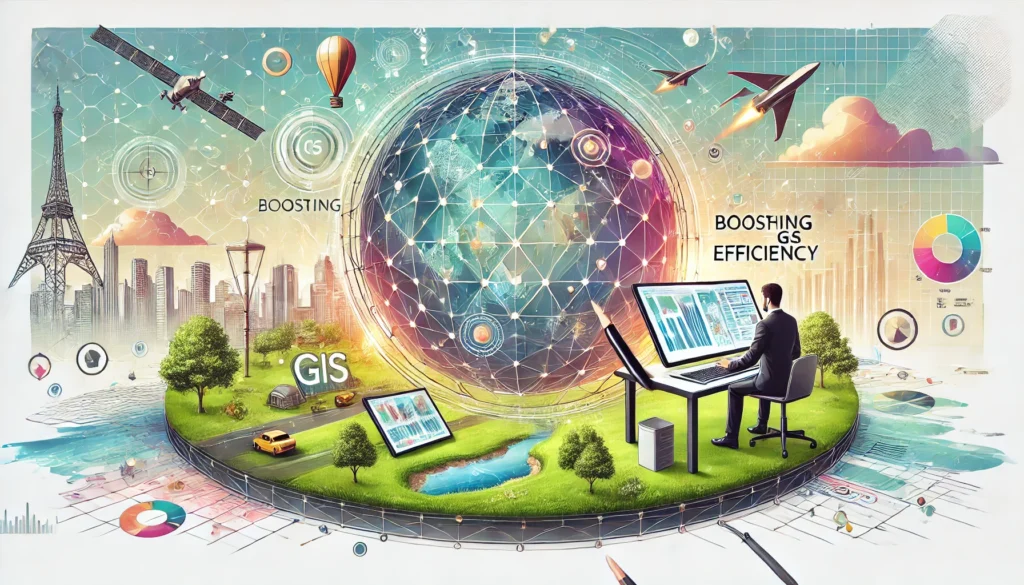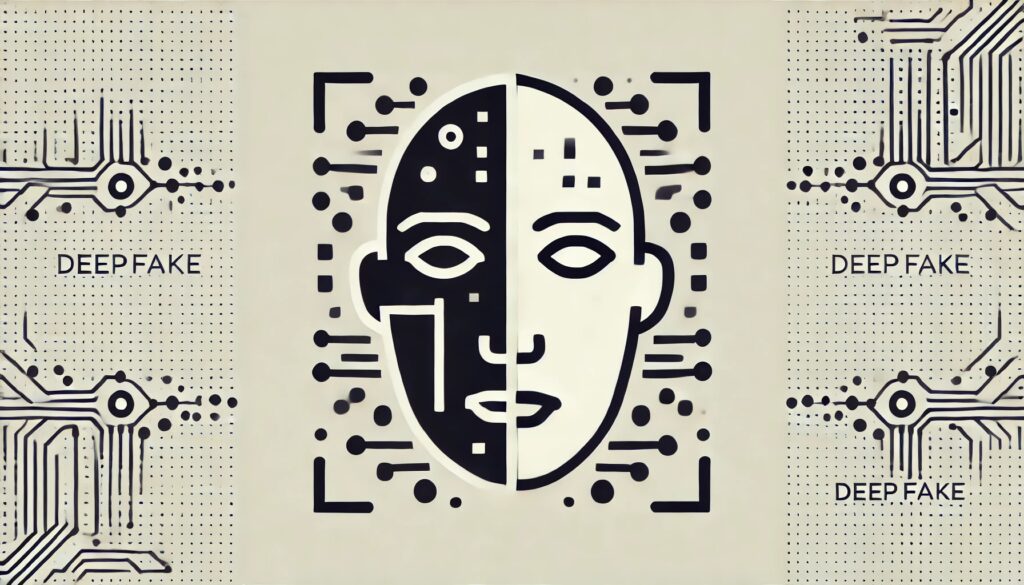AI in Business: Revolutionizing Customer Credit Scoring

In the rapidly evolving landscape of AI and business, customer credit scoring stands out as a crucial area where artificial intelligence can bring transformative changes. By leveraging AI technologies, businesses can enhance the accuracy, efficiency, and fairness of their credit assessment processes. This comprehensive guide explores the technologies, implementation processes, applications, challenges, and future trends of AI-driven customer credit scoring, offering valuable insights for financial institutions aiming to harness the power of AI.
Understanding Customer Credit Scoring
Customer credit scoring is the process of evaluating an individual’s creditworthiness based on their financial history and other relevant data. This evaluation is critical for lending decisions, determining interest rates, and assessing financial risk.
- Traditional Credit Scoring Methods:
- FICO Scores and Other Conventional Models: Historically, credit scores like FICO have been the gold standard for assessing creditworthiness. These models primarily use data such as payment history, credit utilization, and length of credit history.
- Limitations and Challenges: Traditional models often fail to consider a comprehensive view of a customer’s financial behavior and can be biased or inaccurate, especially for those with limited credit histories.
- Key Benefits of AI-Driven Credit Scoring:
- Enhanced Accuracy: AI algorithms can process vast amounts of data and identify patterns that traditional methods might miss.
- Speed and Efficiency: Automated systems can evaluate creditworthiness quickly, facilitating faster decision-making.
- Increased Financial Inclusion: By considering alternative data, AI can provide credit scores for individuals with little to no credit history.
- Reduced Bias: AI models can be designed to minimize human and systemic biases, promoting fairer lending practices.
Core Technologies in AI-Driven Customer Credit Scoring
- Machine Learning (ML)
- Supervised Learning: Using labeled data to train models for predicting creditworthiness.
- Unsupervised Learning: Identifying patterns and groupings in data without predefined labels.
- Natural Language Processing (NLP)
- Analyzing text data from sources such as social media, customer reviews, and financial news to inform credit assessments.
- Big Data Analytics
- Processing and analyzing large datasets to uncover trends, correlations, and anomalies that impact creditworthiness.
- Neural Networks
- Employing deep learning models to recognize complex patterns in financial behavior and predict credit risk accurately.
- Alternative Data Sources
- Incorporating non-traditional data such as utility payments, rental history, and social media activity to provide a more comprehensive view of an individual’s creditworthiness.
Implementation Process
- Defining Credit Scoring Objectives
- Identifying Key Goals: Focus on accuracy, fairness, and transparency in credit scoring.
- Aligning with Business Strategy: Ensure that credit scoring objectives support overall lending and risk management strategies.
- Data Collection and Integration
- Gathering Data from Various Sources: Include traditional financial data and alternative data sources.
- Ensuring Data Quality and Consistency: Implement data cleansing and normalization processes to ensure reliable inputs for AI models.
- Developing and Training Credit Scoring Models
- Selecting Appropriate Machine Learning Algorithms: Choose algorithms suited to the specific credit scoring needs.
- Training Models with Historical and Real-Time Data: Use a mix of past data and current inputs for model training to improve predictive accuracy.
- Deployment and Monitoring
- Implementing Models in Credit Decision Systems: Integrate AI models into lending platforms to facilitate automated credit assessments.
- Continuous Monitoring and Refinement of Models: Regularly evaluate model performance and make necessary adjustments to maintain accuracy and relevance.
Use Cases and Applications
- Personal Loans
- Assessing Creditworthiness: AI-driven models evaluate personal loan applicants more accurately, reducing default rates and improving lending decisions.
- Mortgages
- Enhanced Mortgage Underwriting: AI provides more detailed credit assessments for home loans, enabling better risk management.
- Small Business Loans
- Evaluating Small Business Credit: AI assesses the creditworthiness of small businesses, considering factors beyond traditional credit scores.
- Credit Card Issuance
- Risk-Based Pricing: Adjusting credit card terms based on AI-driven risk assessments to offer fair and competitive rates.
- Financial Inclusion
- Incorporating Alternative Data: Using AI to assess the creditworthiness of individuals without traditional credit histories, expanding access to credit.
Challenges and Solutions
- Data Privacy and Security
- Ensuring Compliance with Regulations: Adhering to data protection laws such as GDPR and CCPA.
- Implementing Robust Security Measures: Protecting sensitive financial data from breaches and cyber threats.
- Data Quality and Integration
- Addressing Data Inconsistencies and Gaps: Ensuring high-quality data inputs through validation and cleaning processes.
- Ensuring Seamless Data Integration: Integrating data from diverse sources smoothly to create a unified view of creditworthiness.
- Model Accuracy and Reliability
- Regularly Updating and Testing Models: Keeping models accurate and relevant through continuous training and validation.
- Handling Market Volatility and Economic Changes: Building resilience against economic shifts and market volatility.
- Ethical Considerations
- Ensuring Fair and Unbiased Models: Avoiding discrimination in credit decisions by designing fair and transparent AI models.
- Transparency and Explainability: Making AI-driven decisions understandable to consumers and regulators to promote trust and accountability.
Future Trends
- Advancements in AI and Machine Learning
- Continuous improvement in AI capabilities will enhance the accuracy and reliability of credit scoring models.
- Increased Use of Alternative Data
- Expanding the range of data sources used in credit assessments will provide a more holistic view of creditworthiness.
- Integration with Blockchain Technology
- Leveraging blockchain for enhanced transparency and security in credit reporting will reduce fraud and improve data integrity.
- Global Expansion of AI-Driven Credit Scoring
- Applying AI credit scoring models in emerging markets and underserved communities will promote financial inclusion and access to credit.
Conclusion
AI is revolutionizing customer credit scoring in business, offering unparalleled accuracy, efficiency, and fairness. By leveraging advanced technologies and implementing them strategically, businesses can transform their credit assessment processes, gaining a competitive edge in the market. As AI continues to evolve, its impact on credit scoring will only grow, paving the way for innovative and resilient financial practices.
Resources
Articles and Papers
- “How AI is Transforming Credit Scoring” – Forbes
- This article discusses how AI and machine learning are revolutionizing the credit scoring process by providing more accurate and fair assessments.
- “Artificial Intelligence in Credit Scoring: A Literature Review” – SpringerLink
- This academic paper reviews various AI methodologies applied to credit scoring, comparing their effectiveness and challenges.
- Access the paper
- “AI in Credit Scoring: Navigating Efficiency and Bias” – Harvard Business Review
- The article explores the benefits and potential biases of using AI in credit scoring, along with suggestions for mitigating risks.
- Read the article
Books
- “Credit Risk Analytics: Measurement Techniques, Applications, and Examples in SAS” by Bart Baesens, Daniel Roesch, Harald Scheule
- This book provides an in-depth look at credit risk analytics, including the use of AI and machine learning in credit scoring.
- Find it on Amazon
- “Machine Learning for Asset Managers” by Marcos López de Prado
- While not exclusively about credit scoring, this book covers machine learning techniques that can be applied to credit risk assessment.
- Find it on Amazon
Online Courses and Webinars
- Coursera: “AI for Everyone” by Andrew Ng
- This course provides a broad overview of AI applications in various industries, including finance and credit scoring.
- Enroll here
- edX: “AI in Finance” by the University of Michigan
- This course explores the application of AI in the finance sector, including credit scoring and risk management.
- Webinar: “Leveraging AI for Better Credit Scoring” – AI Business
- This webinar discusses the latest trends and technologies in AI-driven credit scoring.
Research Institutions and Industry Reports
- McKinsey & Company: “Artificial Intelligence in Risk Management”
- This report provides insights into how AI is being used in risk management, including credit scoring.
- Deloitte Insights: “AI and Risk Management”
- This report discusses the impact of AI on risk management practices, with a section dedicated to credit scoring.





